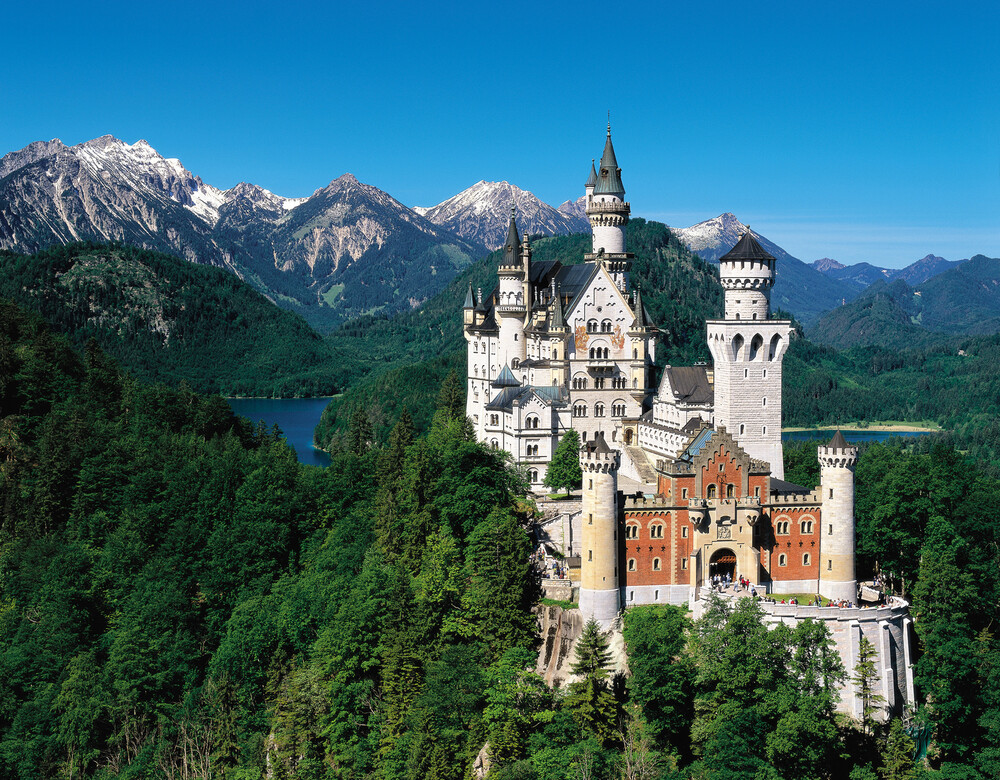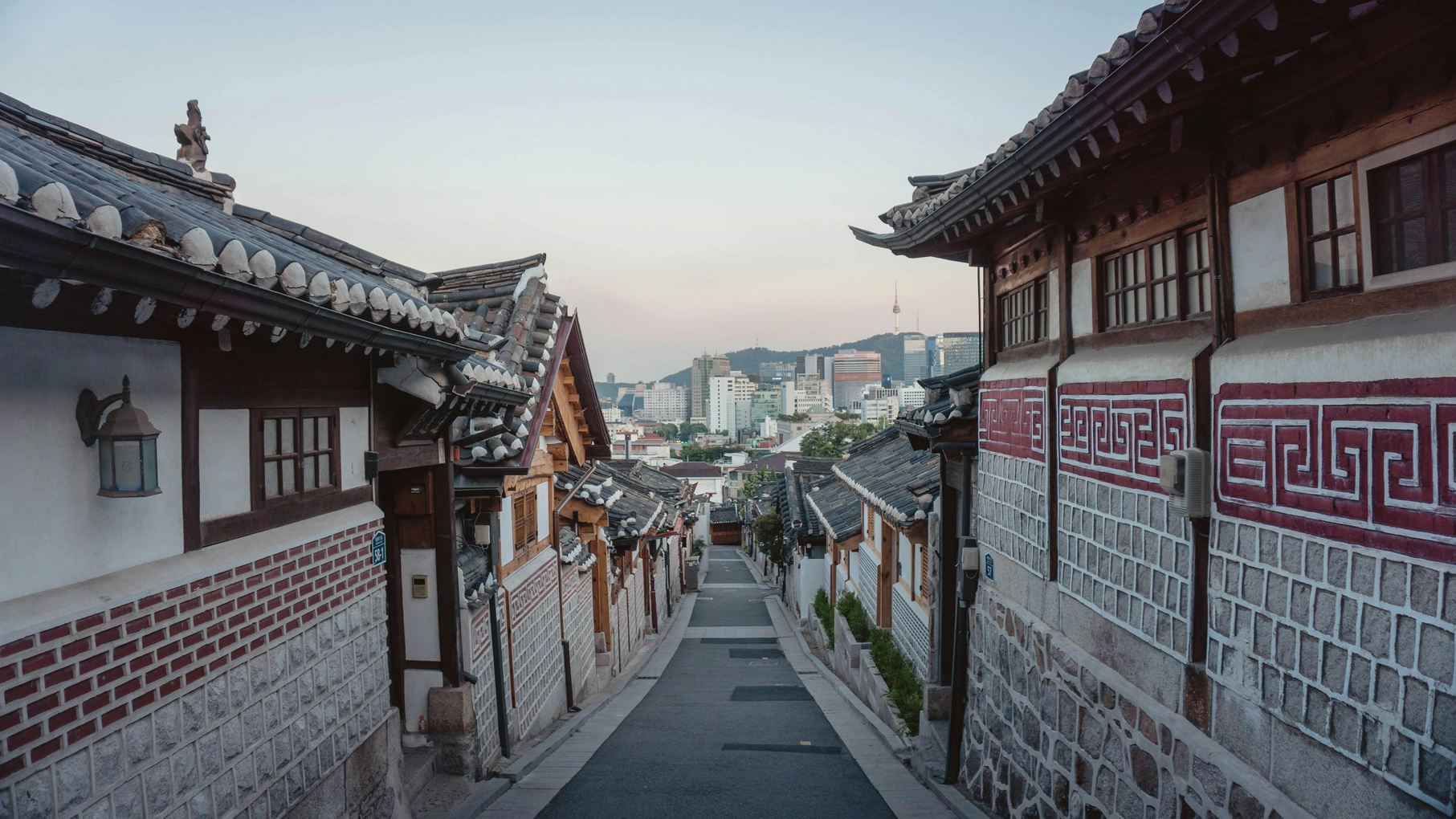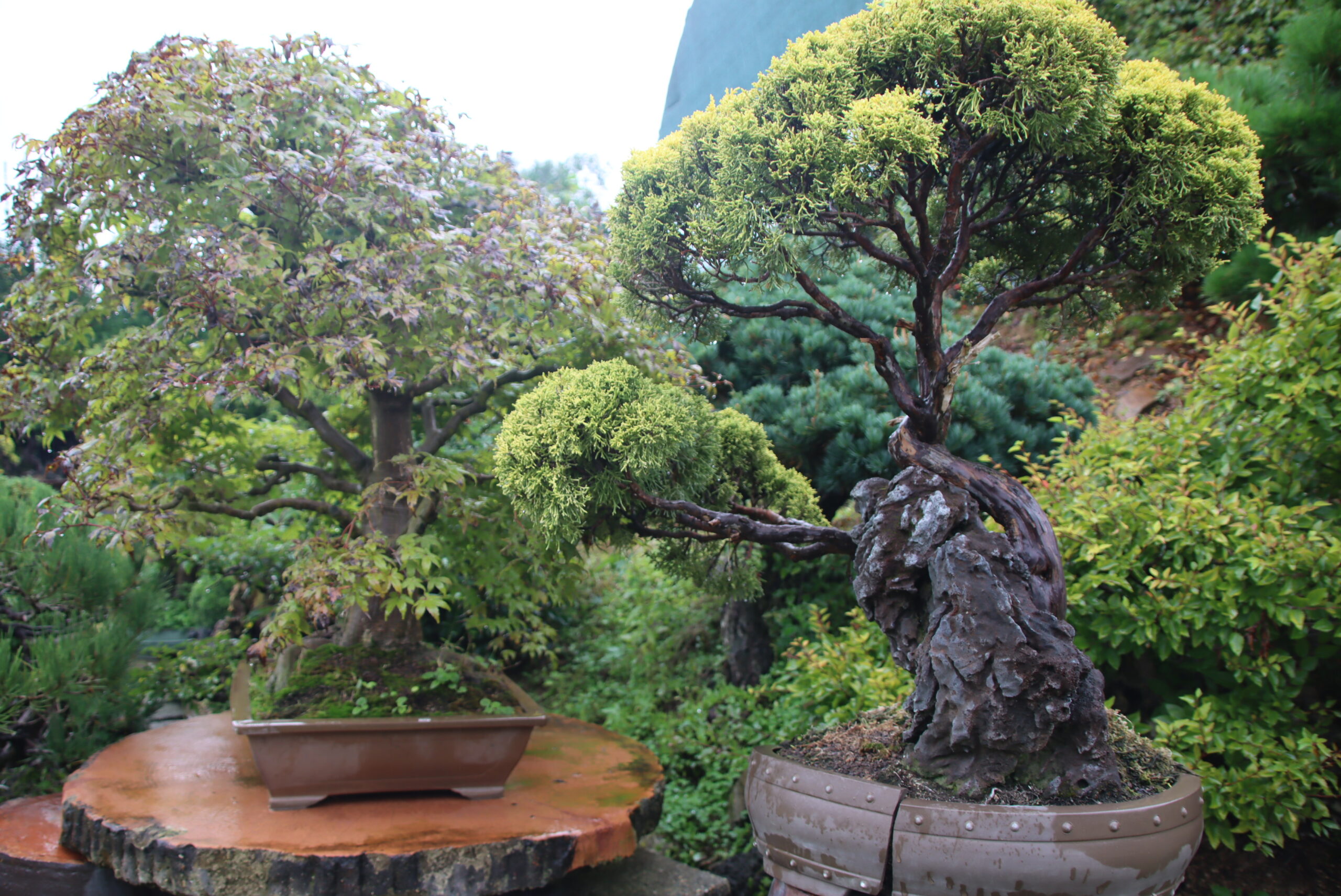The 47th Session of the World Heritage Committee took place in Paris this year from July 6th to 16th, and in its annual ritual of designating places, buildings, and landscapes that carry outstanding universal value to the story of humanity, several themes emerged.
The list encompasses dreams: those of our distant ancestors and those of demented, murderous regimes from yesteryear. It includes sites we are intimately familiar with, and those we’ve likely never heard of.
Keeping with WaL publishing tradition of reporting on the newly inscribed UNESCO World Heritage Sites, the ‘Class of 2025’ centers strongly around another theme—the Neolithic and Paleolithic periods, with 9 of the 26 new sites dating to pre-Bronze age societies all around the world.
Apart from those, and for those still to plan a summer vacation or already planning an autumn vacation, here are some other notable sites on the list.
The Dreamer King’s Fairytale castles
Sometimes fairytales are real, and that is certainly the case with the four palaces of King Ludwig II in Bavaria, where the deceased monarch took his love of romantic stories and fairytales and implemented them into fantastical buildings.
In total, there are four palaces named Neuschwanstein, Linderhof, Schachen, and Herrenchiemsee. All of which were completed by 1886 and later given to the Bavarian government in 1923. Each palace draws inspiration from somewhere, Herrenchiemsee in particular was built in homage to the French King Louis XIV and his palace Versailles, while the Neuschwanstein, or “New Swan Rock” was designed after the fairy tale known as The Swan Knight. It was later taken as the blueprint for the castle in the Disney film Beauty and the Beast, and the silhouette of the Disney logo is in fact this Bavarian castle.
All four palaces are a love letter to Romanticism and the arts, and many of the walls in each castle are decorated with beautiful paintings and frescoes. Known as the “Dreamer King,” Ludwig II never got to enjoy the majority of his palaces when they were finished in 1886, which coincided with Ludwig’s death.
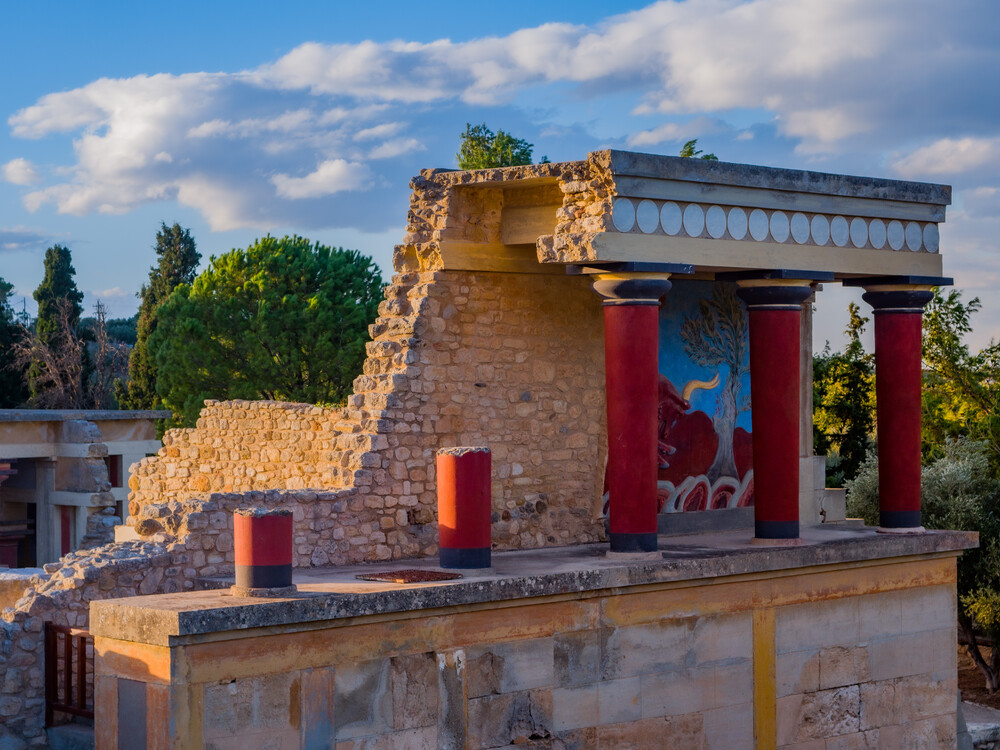
Minoan Palatial Centers
On the Greek island of Crete, six archaeological sites tell the story of a Bronze Age civilization that would be a precursor to Classical Greece, a civilization that we still roughly base our society on thousands of years later.
These archaeological sites consist of many “palaces” that, unlike the name suggests, did not serve as a place of residence for any royalty or governing body. Instead, these sites were believed to be used as houses of political theater and religious practices. Many of the palaces found in the archaeological sites in Crete are decorated with traditional Greek frescoes, pottery, seals, and figurines.
As not much is known about Minoan society or culture, it is believed that Minoan society was a precursor to the Classical Greek city states of antiquity, like Athens and Corinth. Chief among the Minoan palaces is that of Knossos, known for its association with the Greek myth of Theseus and the minotaur.
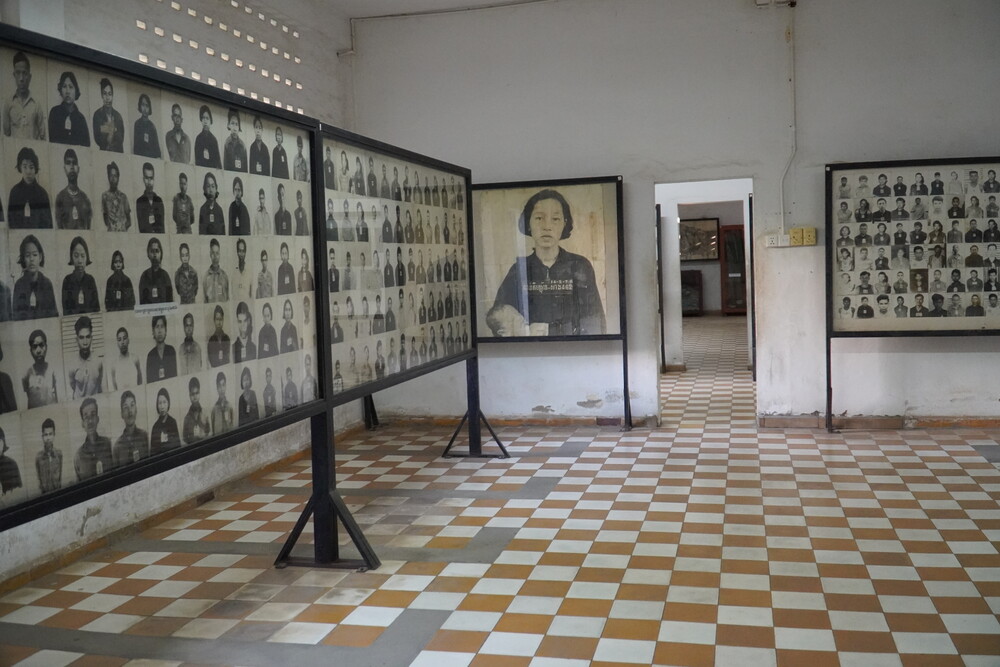
The Cambodian Genocide
The memorials and heritage structures associated with the Khmer Rogue’s genocide of between 1.5 and 2 million Cambodians were inscribed this year, and stand as a testament to the dangers of communism and social engineering. Under the leadership of Party chief Pol Pot, the Khmer Rogue attempted to manufacture a Great Leap Forward that would see the country become a totally self-sustained agrarian society.
Consisting of the memorial for and cemetery sites of the victims, the two former prisons used to torture and kill Cambodians—particularly minorities, the Tuol Sleng Museum, and the Choeung Ek Genocide Center, the site joins other UNESCO-listed properties that enshrine the 20th century’s greatest crimes.
Visitors can walk through prisons M-13 and S-21, with the latter consisting of four buildings that tell the story of the process which prisoners underwent. First they were photographed and required to speak about their lives up to the moment of their arrest. Prisoners were taken to cells where they were chained to either the wall or the ground. They were held from two to three months, interrogated, and in almost all cases, eventually executed. Buildings C and D contain many of the objects the prisoners had on their persons after their arrival.
The Tuol Sleng Museum contains an extensive archive of material on the genocide, while a cemetery contains the graves of the very first, and very last people to be executed at S-21.
The official title of the site is “Centers of Repression to Places of Peace and Reflection”.
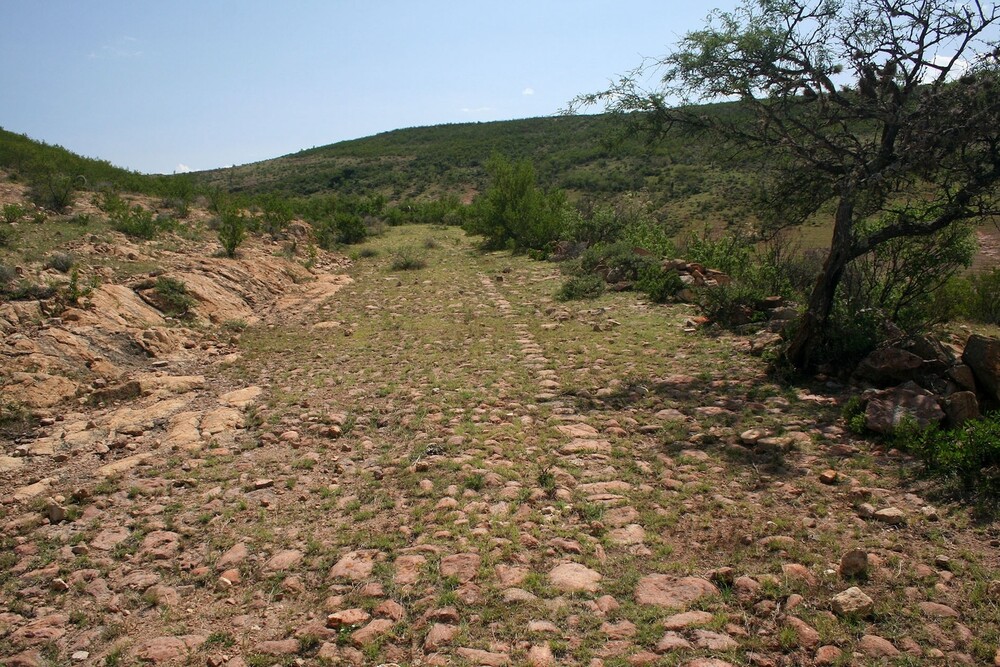
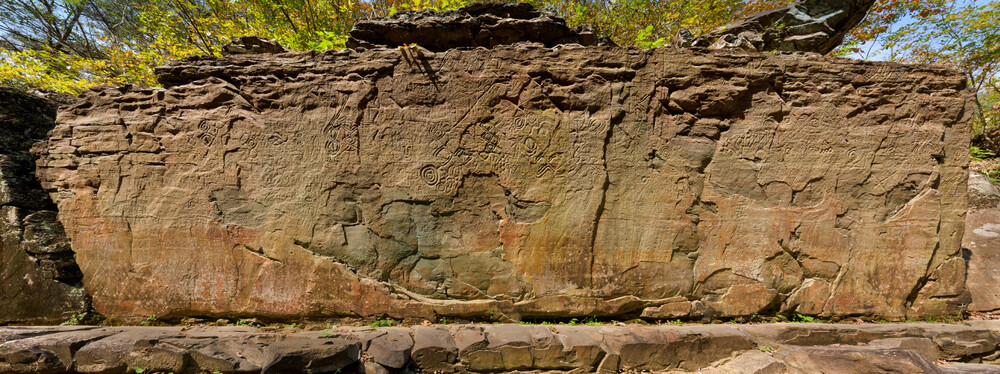
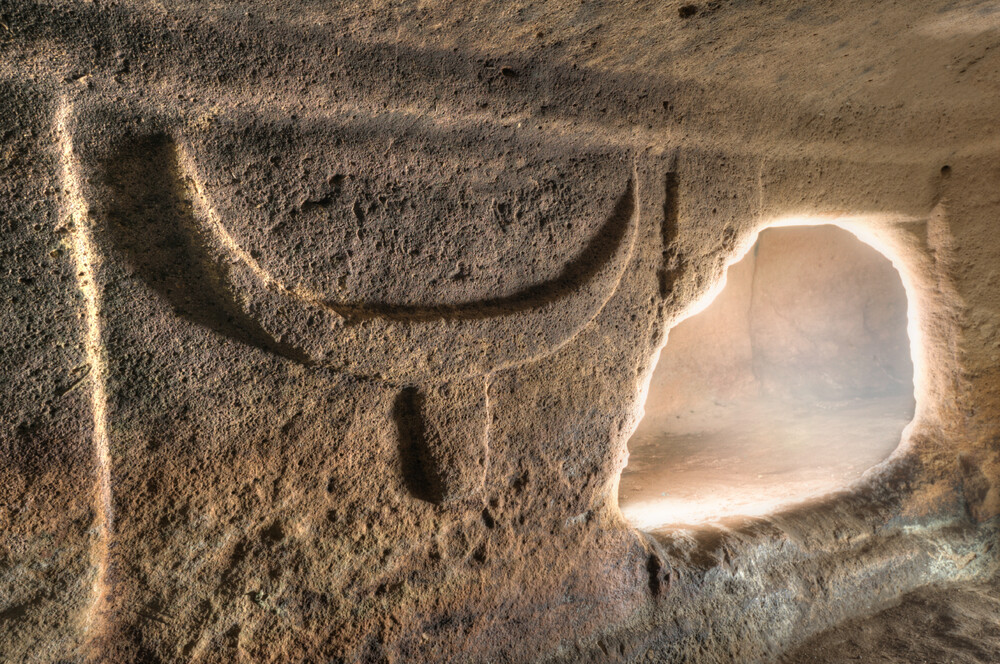
Traces of our ancestors in 9 countries
Spanning 210,000 BCE to 2,300 BCE, nine of the 26 World Heritage Sites inscribed this year involve ancient activity.
These include the 500-kilometer-long Wixárika, or Huichol pilgrimage route in Mexico, the Bangucheon Stream petroglyphs in South Korea, the Shulgan-Tash Cave paintings in Russia, prehistoric sites in and around the Khorramabad Valley in Iran, the Burrup Peninsula’s ancestral sites in Australia, the Mount Mulanje Cultural Landscape in Malawi, the megalithic sites of Carnac in France, the domus de janas on Sardinia, and a collection of paleolithic sites entitled ‘Faya‘ in UAE.
Interest in Mexico as a ecotourism destination has been growing for years. Ranging from dry deserts to lush tropical forests, the diverse landscape beckons the hiker. The promise of a long-distance hiking trail linking the sites of Wixárika is enticing. Known as “Tatehuarí Huajuyé” or the Path of Our Grandfather Fire, it embodies deep spiritual and environmental significance as it braids across 5 states in north-central Mexico.
Receiving its 62nd site inscription, Italy vies routinely for the honor of having the most UNESCO sites with China, but on the large island of Sardinia, a lonely stone age ziggurat-like structure known as a nuraghe was for years the only one of those 61 honors. But the island is lousy with stone age monuments, and a collection called the Domus de Janas, or “Fairy Houses” in the local dialect, made it on the list this year for the tombs’ complex layouts, symbolic decorations, and figurative motifs.
The domus de janas and the other pieces of prehistoric evidence serve as the basis of Sardinia’s recorded history for the recollection of
magical events that still remain in the cultural tradition of the island… with the janas being at the center of a long-lasting oral tradition that has fascinated both Sardinian and foreign authors, a statement on the site reads.
Three kilometers along the meandering South Korean water channel called Bangucheon, a magnificent landscape conceals two rock panels with remarkable concentrations of petroglyphs: the Daegok-ri and the Cheonjeon-ri petroglyphs. The petroglyphs at the nominated property show a diverse range of images carved by countless generations of local artists using stone and metal tools spanning both prehistoric and historic eras from 5,000 BCE through the 9th century CE.
The animals, human figures, hunting scenes, concentric circles, rhombuses, and writing cut into the rock by these coastal inhabitants from East Asia exhibit high levels of realism and dynamism while manifesting a distinctive composition of figurative images and epigraphs. In particular, the animal images, both aquatic and terrestrial, are so detailed that the precise species of each animal can be discerned. The whales and different stages of whale-hunting depicted at the nominated property are the earliest evidence of prehistoric marine fishing in East Asia. WaL
We Humbly Ask For Your Support—Follow the link here to see all the ways, monetary and non-monetary.
PICTURED ABOVE: The Neuschwanstein Castle as seen from the Tegelberg. PC: BSV, J. Beck. ©
